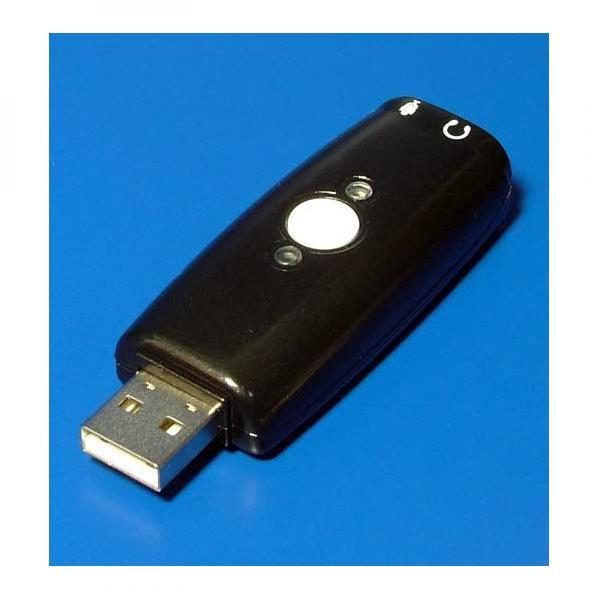
Type-A ports are mostly in host devices, including desktop computers, laptops, game consoles, media players and so on. And on a host, the USB port (or receptacle) where the Type A-male is inserted, is called an A-female port. On a typical USB cable, the Type A connector, aka the A-male connector, is the end that goes into a host, such as a computer. Let's start with the USB type.įor the most part, Type-A ends (left of the coin) of the USB cables remains the same across existing USB versions.Īlso known as USB Standard-A, USB Type-A is the original design for the USB standard and uses a flat rectangular shape. Generally, the versions refer to the speed and functionality of the USB cable, while the USB type refers to the physical shape and the wiring of the ports and plugs. In the USB world, things are a bit more complicated because there have been more versions and types than Thunderbolt.

For 1m (3.2 ft.) or longer cables, Thunderbolt 3 supports passive (cheaper) ones that have a top speed of 20Gbps, and active cables (more expensive) that retain the 40Gbps speed.Thunderbolt 3 has a top data transfer speed of 40Gbps as long as the cable is 0.5m (1.6 ft.) or shorter.



With these older Thunderbolt standards, the cable was active, meaning the cable itself is a device that requires power to operate (which is why most Thunderbolt 1 or 2 devices would require an external power source in order to function.) This made Thunderbolt a much more expensive solution, as the cable itself is some 10 times more expensive than a USB cable of the same length. Prior to Thunderbolt 3, Thunderbolt 2 and the original Thunderbolt shared the same cable type and port (which is the same port type as Apple's Mini DisplayPort) and had top data transfer speeds of 20Gbps and 10Gbps, respectively. This means every Thunderbolt 3 port will also work as a USB-C port and every Thunderbolt 3 cable will work as a USB-C cable.īefore you can fully appreciate what a leap forward both USB Type-C and Thunderbolt 3 are, let's familiarize you with Type-A, Type-B, and the various versions of the Thunderbolt standard. In fact, device manufacturers are so confident in the new USB-C standard that Intel announced last year that Thunderbolt 3, once thought to be a USB replacement, will use the same port type as USB-C. On average, some 3 billion USB ports are shipped each year, making it by far the most successful peripheral connection type in the world.
#2 c media usb audio device serial
Look around your house and chances are you have at least a few devices that use Universal Serial Bus. 5 things to know about the MacBook Pro's USB-C ports.


 0 kommentar(er)
0 kommentar(er)
